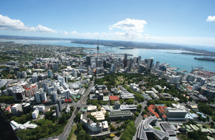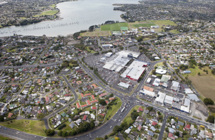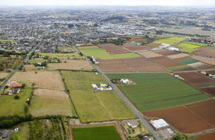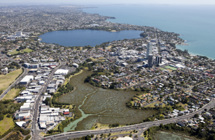The most significant air pollutant in New Zealand are small airborne particles in our air (known as particulate matter). Particulate pollutants are of most concern in New Zealand because of their high concentrations in some of our towns. Exposure to high levels of airborne particle pollutants has the potential to cause respiratory and cardiovascular issues. View a factsheet on why air quality is important here.
The daily averages and exceedances shown here are raw and may not be correct. You can find correct data from 2016 to 2023 in the downloadable air quality on the download data page.
PM monitoring history at towns in this region
What is this showing me?
| Towns | 10-year Trend | annual average (µg/m³) | Highest daily average (µg/m³) | 2nd highest daily average (µg/m³) | Number of exceedances |
|---|
What is this showing me?
| Towns | 10-year Trend | annual average (µg/m³) | Highest daily average (µg/m³) | 2nd highest daily average (µg/m³) | Number of exceedances |
|---|







